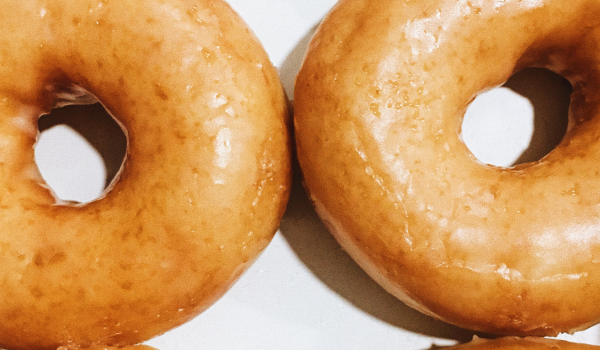Glazing 101: Everything You Need To Know
- Mar 28, 2022
Glazes are an essential touch for many desserts and pastries. Glazing cakes, donuts and more have various purposes. For example, enhances the attractiveness of the pastry, cake or bun, adds moisture to the confection, which can extend the shelf life and adds a little extra flavor to the dessert! Like it's purposes, there are many different types of glazes that can be used! Whether it's drizzling to pouring to brushing applying thin or medium glazes are sure to add that extra beautiful touch to your delicious creations!

From very thin to thick, here's what you need to know for all glazes! If you are working with a very thin glaze, you are most likely glazing to add moistness to the cake. This can be done before frosting a cake (a common technique among restaurants or bakerys ), or you can glaze a cake with a syrup without putting a frosting on top of the glaze. In this case, you want to glaze the cake while it is barely warm! If you plan to use a thin glaze that is not a syrup, you should glaze your cake or pastry when it is cool. A cool cake will allow the glaze to decoratively run down the cake without getting too thin. A warm cake is likely to change the glaze’s consistency causing it to run off the cake. When glazing a cake with a thicker glaze that you need to spread, glazing will be easier if the cake or pastry still has a touch of warmth. If you happen to be using thicker glazes, very slight warmth will help make the glaze easy to spread.
Some glazes you can find here at Stover & Company are from great brands like Brill, Byrnes & Kiefer, Dawn Foods and more! Browse our website for more information or call us at 724.274.6314 to speak to our customer service department!
